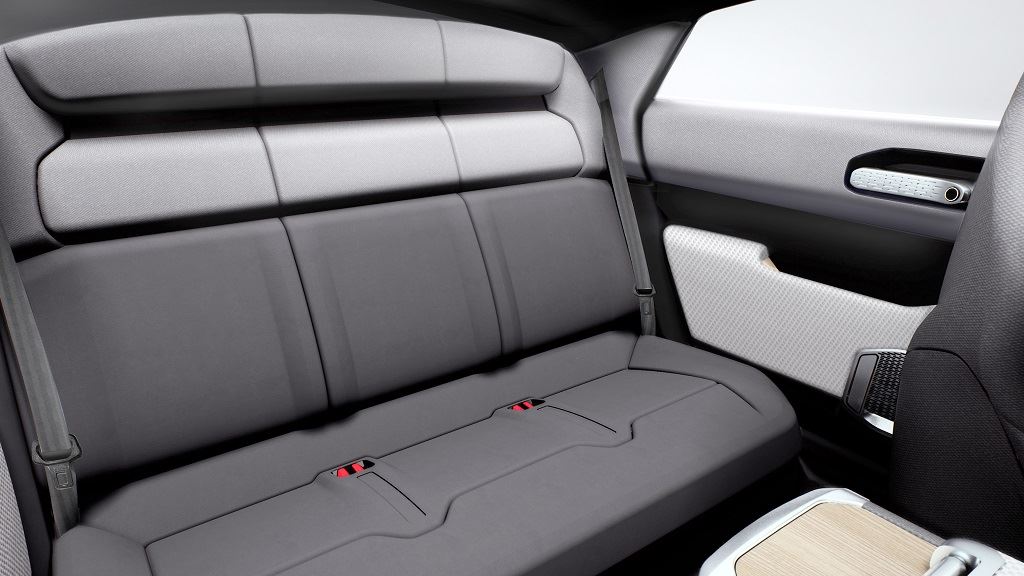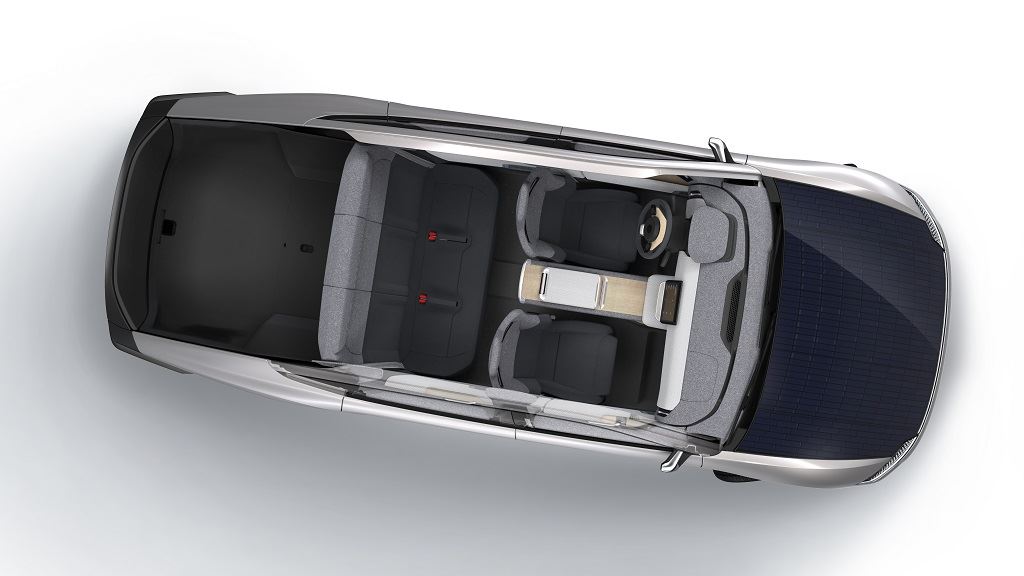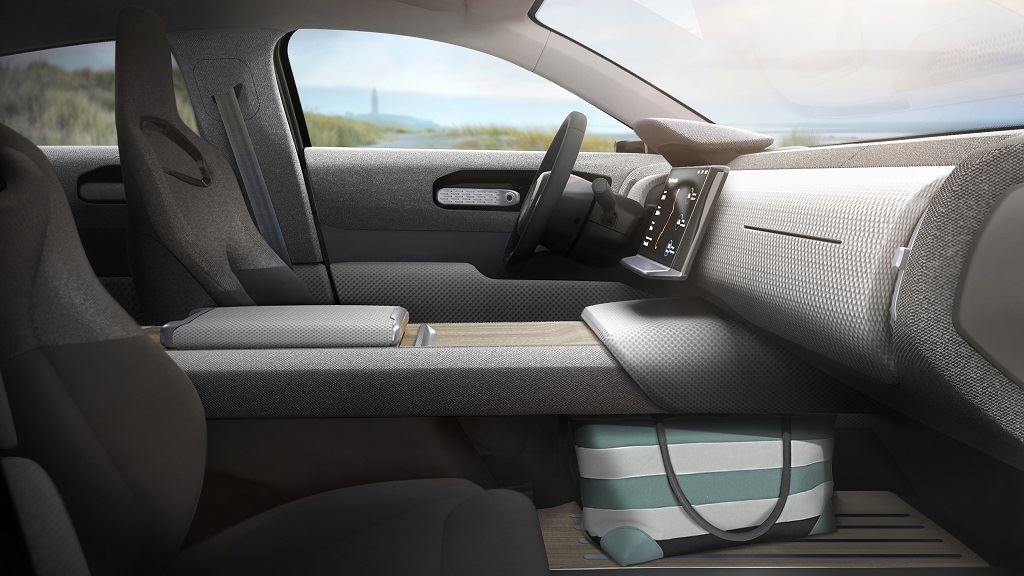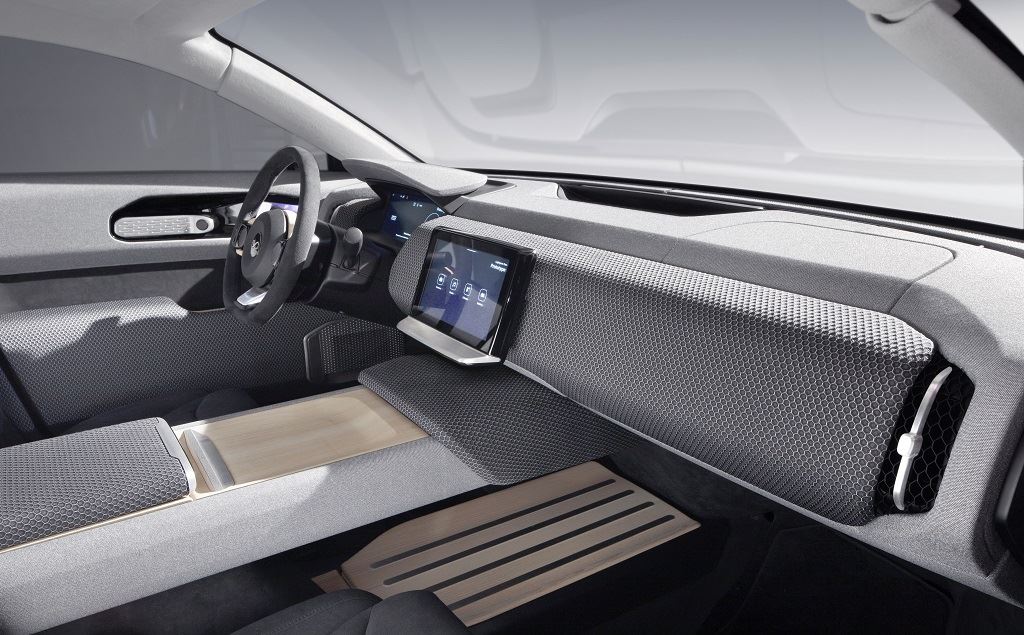![Inside the Lightyear One [Image: Lightyear]](https://fabbaloo.com/wp-content/uploads/2020/05/LightyearOne-InteriorPicturea_img_5eb0939e983d1.jpg)
The vehicles of the future will employ 3D printing in ever greater amounts.
We can say this with confidence, as the vehicles of today have also been built using 3D printing — and so have the vehicles of yesteryear, as the automotive industry in general has employed additive manufacturing in various aspects of prototyping and production for more than two decades.
So looking ahead, it makes sense that as 3D printing progresses, so too will its use in the vehicles that make travel by sea, air, and road more accessible. This means more replacement parts for the maritime industry, more validated parts in supersonic air travel, and more interior parts for the electric cars bound for the roads.
Lightyear One
Last month, the Lightyear One debuted.
The futuristic prototype drove onto the stage in late June as the Dutch company Lightyear introduced its first electric vehicle. While we’re becoming used to electric vehicles as the automotive industry seeks to cut down on harmful emissions, there are some things that set this model apart — the most outstanding being that Lightyear ‘partnered with the sun’ to drive onward.
The car was engineered with a few keys in mind: efficiency in range and energy usage, aerodynamics, lower weight, and continuous charging.
The five-passenger vehicle is designed to achieve a 500-800 km range per charge — which can generally be done “with a simple 230V outlet.” To ensure that no driver is stranded in an undercharged car, which is always a worry with electric vehicles, a five-square-meter hood and roof solar cell array ensure additional charging — gaining up to 12 km/hr while driving in the sun. If the car’s charge runs out, an additional 15-20 km of range from the solar cells will “get you to an outlet with no roadside assistance required.” Worried about lack of sun?
“Someone driving the national average of 20,000 km/year in the cloudy Netherlands would get about 40% of their mileage from solar energy,” says Lightyear.
To make more possible in the Lightyear One, it was also designed to drive well, with a sleek design that “drastically reduces energy consumption” as “we optimized every part from the chassis to the side mirrors.” Materials used were also in close consideration, ensuring all safety standards are met while reducing overall vehicle weight. While that’s always important in automotive design, it’s especially at the fore of design thought for electric vehicles.
And part of that design includes 3D printed parts.
3D Printed Interior Parts



More than 60 interior parts for the Lightyear One are 3D printed.
DiManEx has announced today that they have been collaborating with Lightyear for the last several months to bring additive manufacturing into the long-range solar car’s production.
As noted, the car debuted in late June; it stands out then that conversations between DiManEx and Lightyear had begun only months before, in March.
Netherlands-based DiManEx takes an end-to-end view for its work in distributed 3D manufacturing, working with a network of certified partners in additive manufacturing to supply parts to OEMs. For its work with Lightyear, DiManEx put this network to work with the car company’s designs, supplying parts in 4-10 days to bring the recently-unveiled prototype to life and in working order.
No details have been shared on just what the parts are that fall into this collaboration, nor whether they will appear as well in the final production vehicles.
Because the prototype that hit the stage in June was just that — a prototype — it’s important to remember just how important prototyping is in automotive applications. It’s a process with a quick turnaround, requiring high-quality parts in a short time frame, and often with iterative tweaks throughout. DiManEx notes that several parts required changes in the course of the work, and that 3D printing helped keep these costs and times down.
“Additive Manufacturing allows you to do a lot of iterations and get parts fast,” DiManEx COO Henk Jonker explains. “We are able to transform the supply chain for companies like Lightyear. We provide what they need much faster without minimum order quantities and allowing for last minute changes on the fly. There is no investment in tooling or tied up working capital required. It’s a no hassle solution that results in less waste, which is completely in line with the philosophy of both our companies. We are very proud of the speed at which we delivered parts for the Lightyear team and are thrilled to see each component come together to form a magnificent car, the first of its kind. It’s been a great cooperation with excellent results.”
The Lightyear One is set for production next year, and is available now for orders; the full price, including 21% VAT, is €149,000.
Via DiManEx











Charles Goulding and Preeti Sulibhavi consider how two prominent automotive firms, Ferrari and Ford, are using 3D printing.